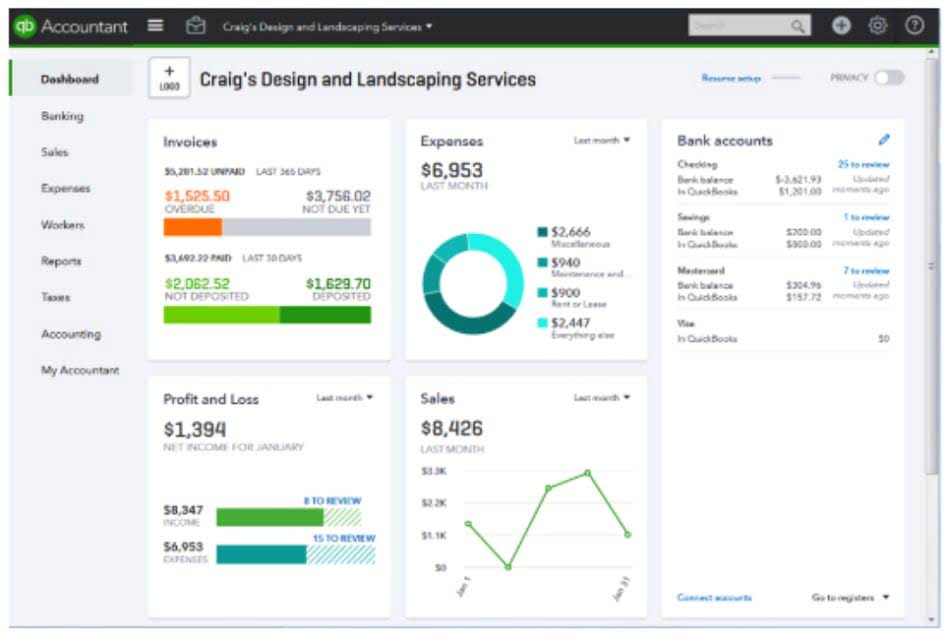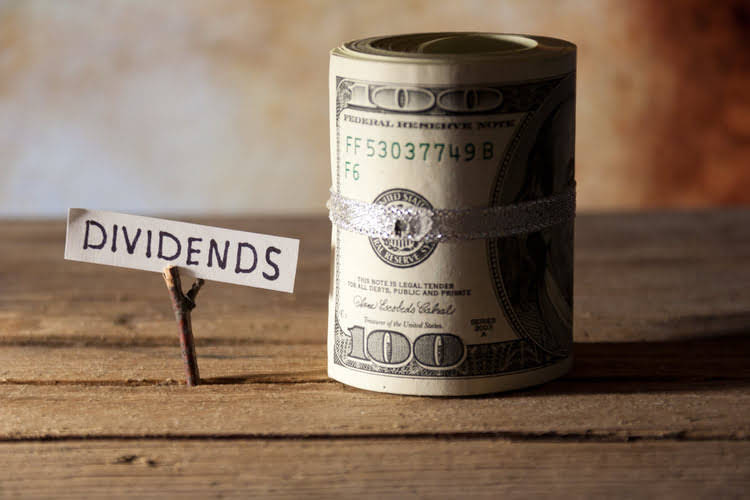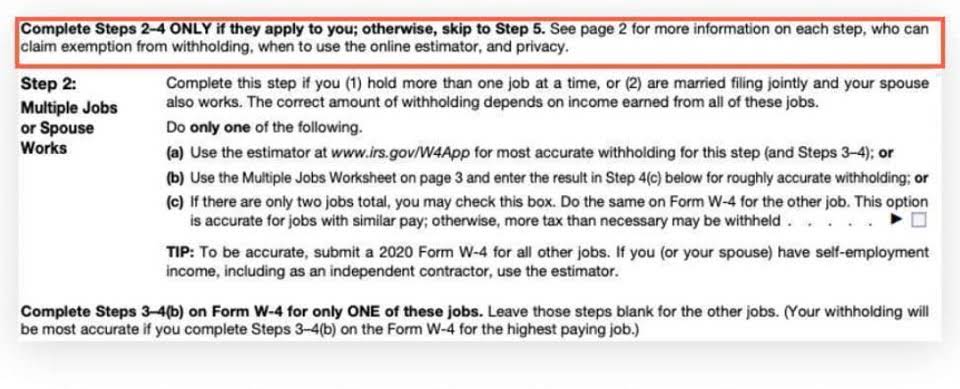
Dividend recapitalization—if a company’s shareholders’ equity remains negative and continues to trend downward, it is a sign that the company could soon face insolvency. Shareholders Equity is the difference between a company’s assets and liabilities, and represents the remaining value if all assets were liquidated and outstanding debt obligations were settled. If positive, the company has trial balance enough assets to cover its liabilities. If negative equity is prolonged, the result is balance sheet insolvency. This total matches the company’s assets, ensuring the balance sheet is balanced.
How to Use the Shareholders’ Equity Calculator
The number of shares issued and outstanding is a more relevant measure than shareholder equity for certain purposes, such as dividends and earnings per share (EPS). This measure excludes treasury shares, which are stock shares owned by the company itself. To do this calculation, you will need a company’s financial statements for at least two periods, like two consecutive quarterly or annual reports.
What Insights Does Shareholders’ Equity Provide?

The first is the money invested in the company through common or preferred shares and other investments made after the initial payment. The second is the retained earnings, which includes net earnings that have not been distributed to shareholders over the years. Shareholders’ equity occupies a specific position within the fundamental accounting equation, which states that Assets equal Liabilities plus Shareholders’ Equity. This equation illustrates how a company’s resources, or assets, are financed either by creditors (liabilities) or by its owners (shareholders’ equity).
Long-term assets (also called non-current or fixed assets)

The stockholders’ equity subtotal is located in the bottom half of the balance sheet. What remains after deducting total liabilities from the total assets is the value that shareholders would get if the assets were liquidated and all debts were paid up. The above formula is known as the basic accounting equation, and it is relatively easy to use. Take the sum of all assets in the balance sheet and deduct the value of all calculate total stockholders equity liabilities. Total assets are the total of current assets, such as marketable securities and prepayments, and long-term assets, such as machinery and fixtures. Total liabilities are obtained by adding current liabilities and long-term liabilities.
Balance Sheet Assumptions
- Aside from stock (common, preferred, and treasury) components, the SE statement includes retained earnings, unrealized gains and losses, and contributed (additional paid-up) capital.
- Whether negative stockholder’s equity is indicative of a larger problem usually requires taking a closer look at the company’s financials.
- When a company is first formed, shareholders will typically put in cash.
- Retained earnings are the part of a company’s profits that it keeps for reinvestment after dividends and other distributions are paid to investors.
- Treasury stock refers to shares that were once part of the outstanding shares of a company but were subsequently repurchased by the company itself.
- That process starts with the company’s beginning stockholders‘ equity, considers any changes on the income statement or balance sheet that can change equity, and concludes with its ending stockholders‘ equity.
- Specifically, this metric can be used to evaluate the likelihood of receiving a payment should the company have to liquidate.
Additional paid-in capital (APIC) reflects the amount investors pay for shares above their par value. This occurs when a company issues stock at a price higher than the nominal or stated value printed on the share certificate. APIC is a significant part of contributed capital, showing the excess funds shareholders have invested beyond the basic common stock value. Total Equity provides insight into a company’s net worth and its ability to sustain operations without external support.
Based on the information, determine the stockholder’s equity of the company. As such, the balance sheet is divided into two sides (or sections). The left side of the balance sheet outlines all of a company’s assets. On the right side, the balance sheet outlines the company’s liabilities and shareholders’ equity. To find stockholders’ equity, you simply subtract the company’s total liabilities from its total assets.
- Total equity represents the cumulative value of ownership in a company, while net income refers to earnings generated during a specific period.
- Treasury stock (repurchased shares) reduces total shareholders’ equity.
- Purchasing a company’s stock over time gives the privilege or the right to vote in a board of directors elections.
- By analyzing how a company finances its assets, stakeholders can make informed decisions about investments, growth potential, and risks.
- The SE ratio measures the proportion of a company’s total assets financed by SE (rather than debt).
- Company investor relations websites often provide annual reports and quarterly filings.
Negative or Positive
- If negative equity is prolonged, the result is balance sheet insolvency.
- Examples include accounts payable for goods or services purchased on credit.
- The stockholders’ equity, also known as shareholders’ equity, represents the residual amount that the business owners would receive after all the assets are liquidated and all the debts are paid.
- Companies may buy back stock to reduce the number of outstanding shares or to have shares available for employee stock compensation plans.
- As per the publicly released financial data, the following information is available.
Learn how to determine a company’s net worth by calculating stockholders‘ equity to gain a clearer view of its financial health and long-term https://damisangelo.com.br/applied-overhead-predetermined-rate/ stability. If a balance sheet is not available, another option is to summarize the total amount of all assets and subtract the total amount of all liabilities. Treasury stocks are repurchased shares of the company that are held for potential resale to investors.


Long-term liabilities are obligations that are due for repayment over periods longer than one year. Companies may have bonds payable, leases, and pension obligations under this category. If the company ever needs to be liquidated, SE is the amount of money that would be returned to these owners after all other debts are satisfied. It all starts with an understanding of the relationship between the income statement and balance sheet. If these specific totals are not explicitly listed, you may need to sum the individual liability accounts and individual equity accounts to arrive at their respective totals. For publicly traded companies, financial statements are readily accessible.
The book value of equity is essentially the same as SE, representing the net worth of the company attributable to the company’s shareholders after deducting liabilities from assets. The interpretation of whether a company’s total equity is “high” or “low” depends on several factors, including industry norms, the company’s historical performance, and its ability to generate returns. This calculator streamlines the process of determining shareholders‘ equity, making it accessible for stakeholders to assess a company’s financial position quickly. There may also be issues with accurately assessing the fair market value of assets that are included in the balance sheet. The book value assigned to fixed assets may be higher or lower than market value, depending on whether they’ve appreciated or depreciated over time. As far as limitations go, there are a few, starting with the fact that certain assets may not show up on a balance sheet.





